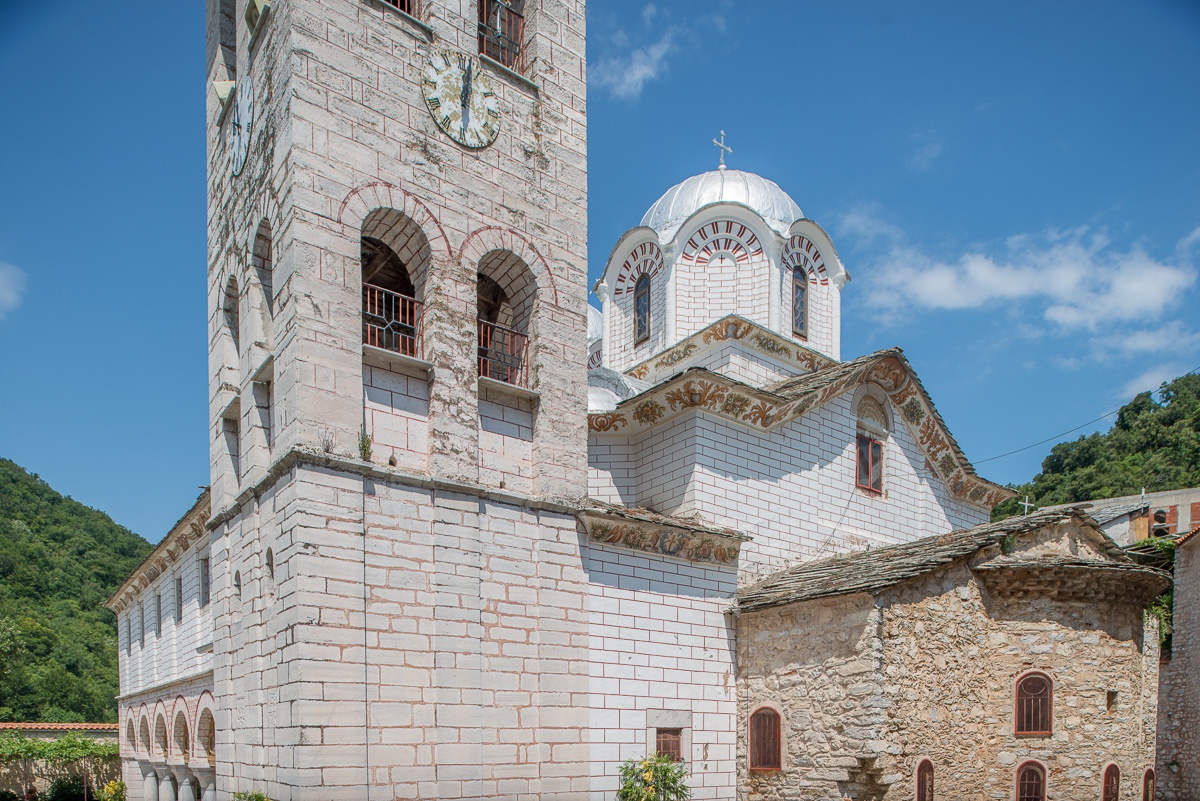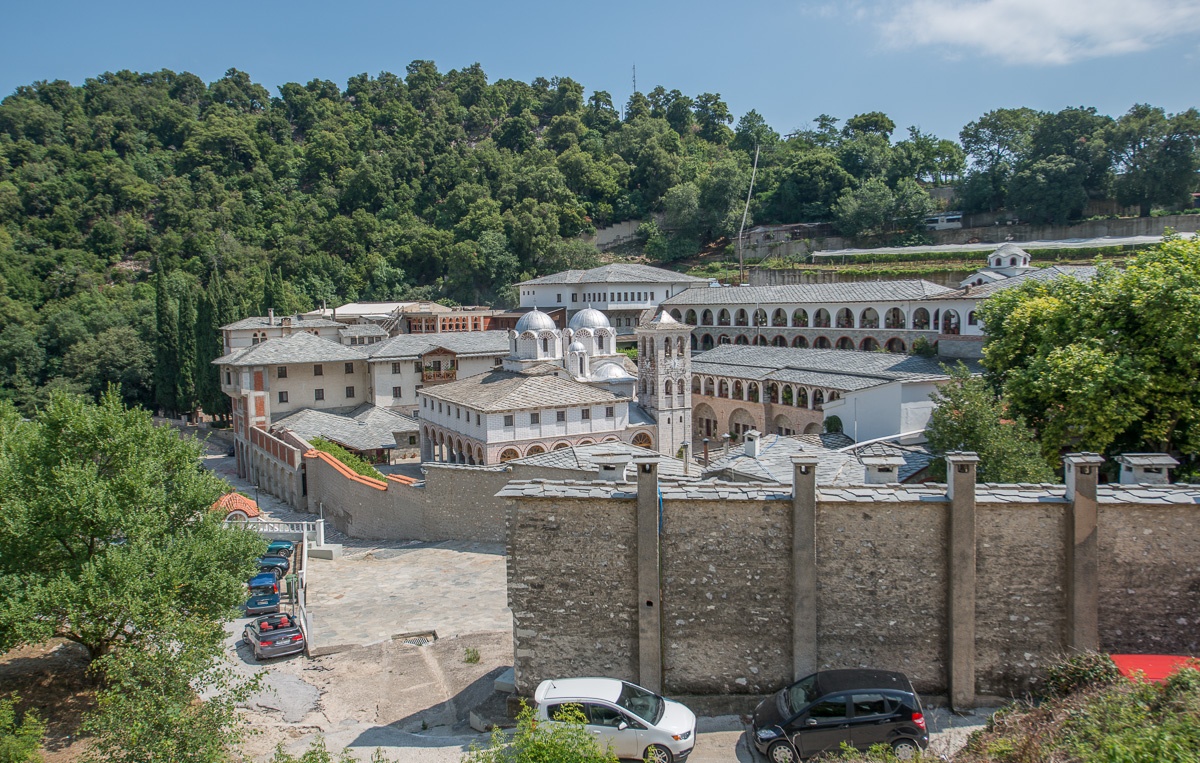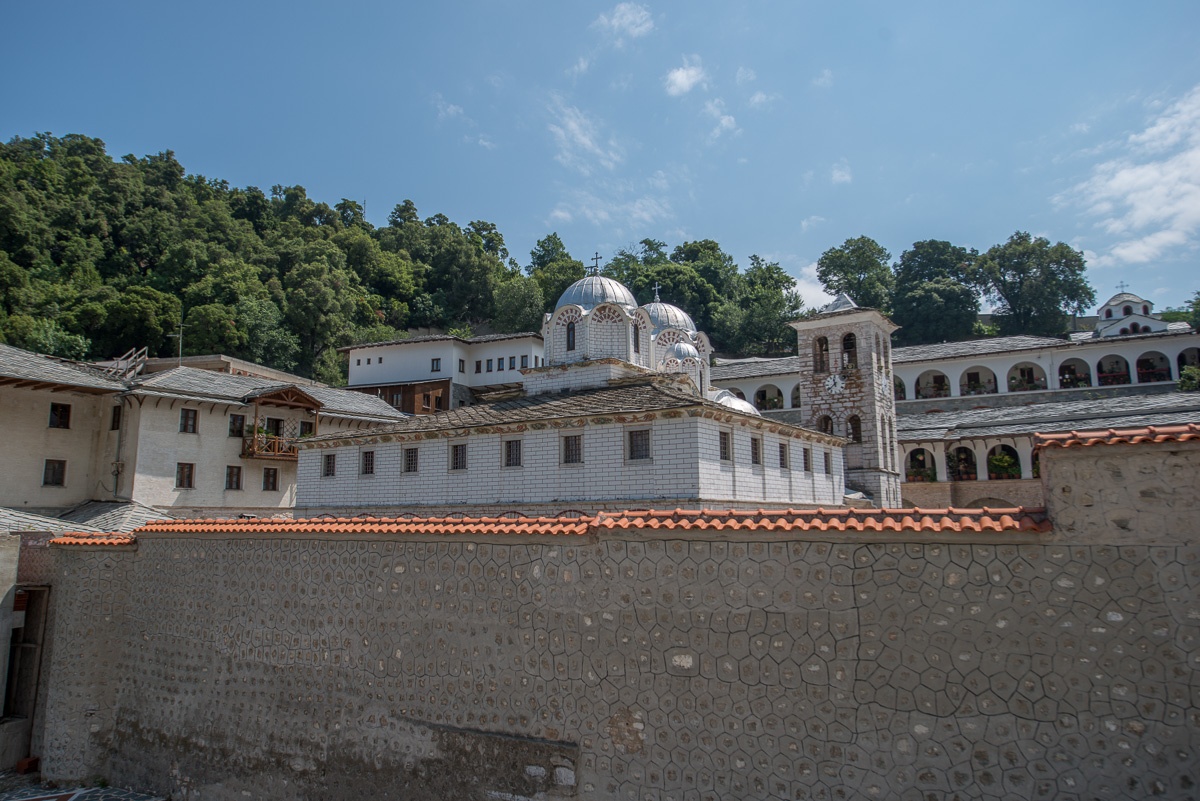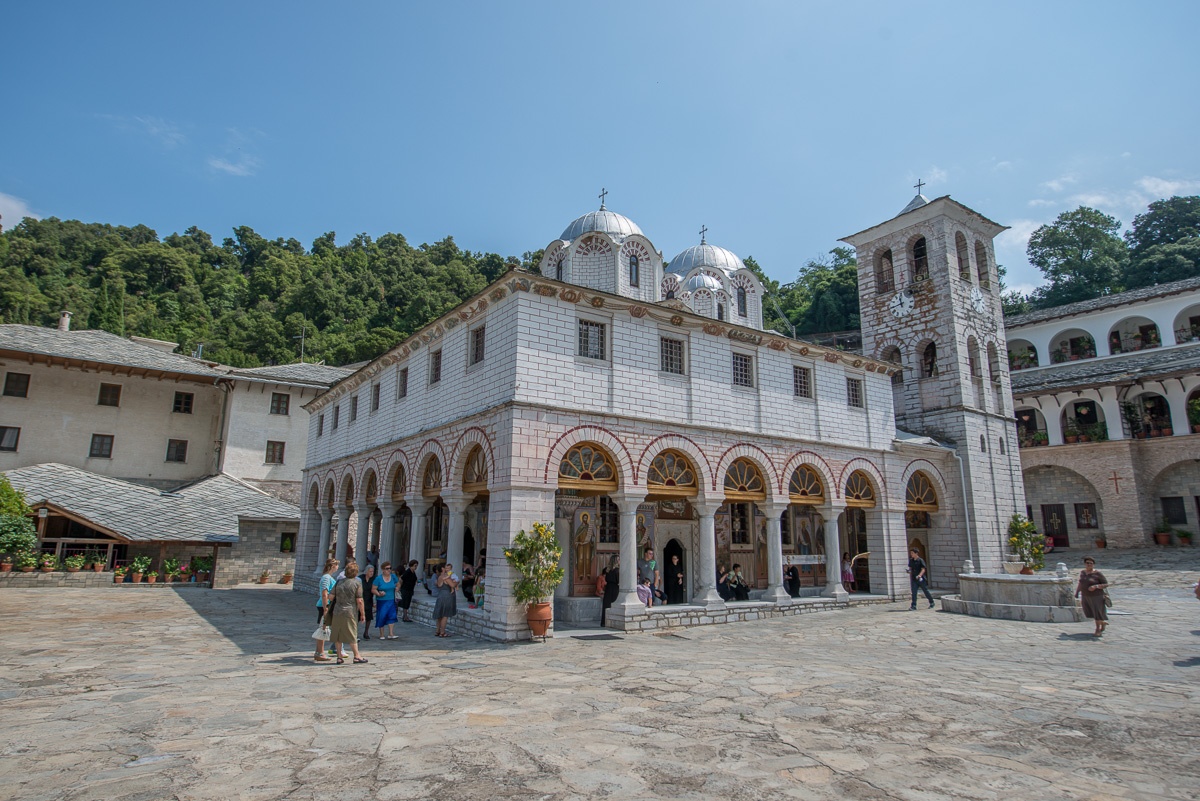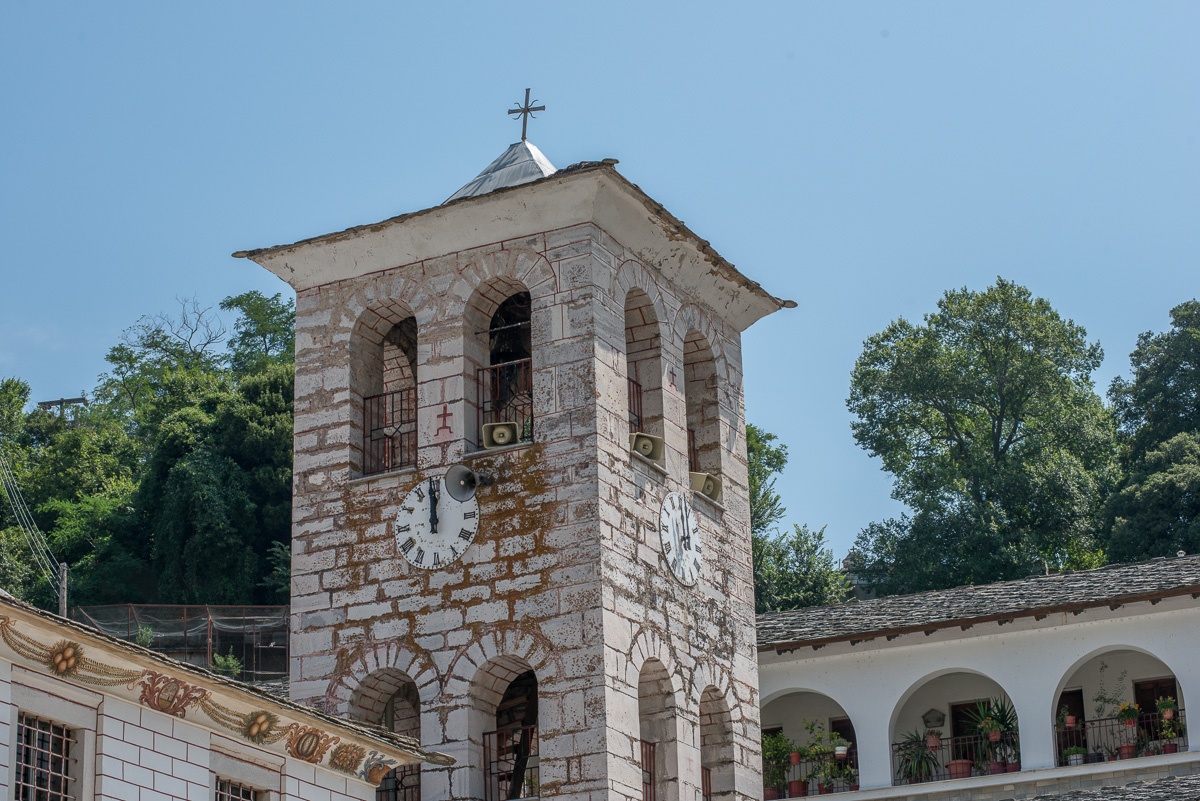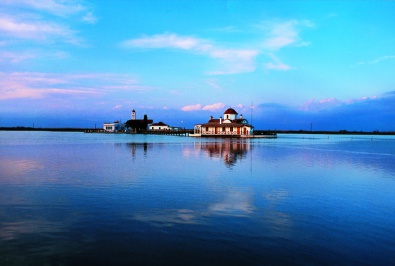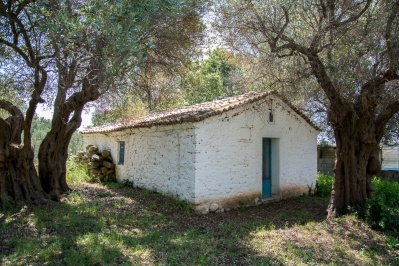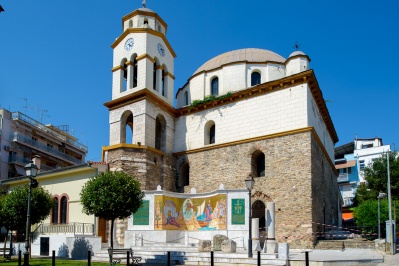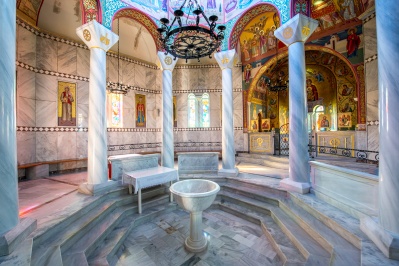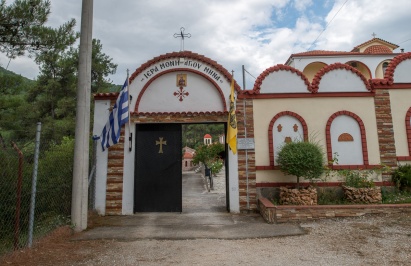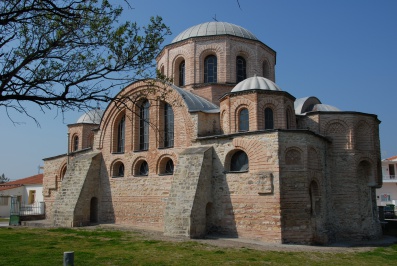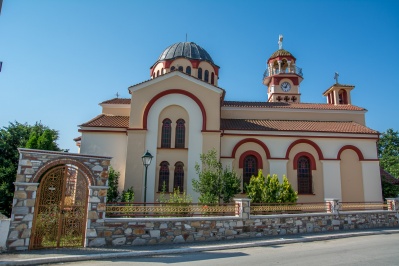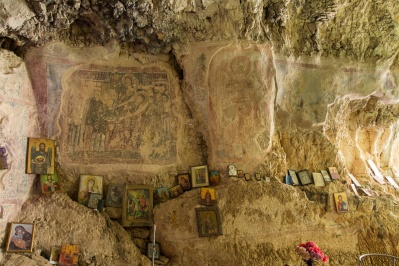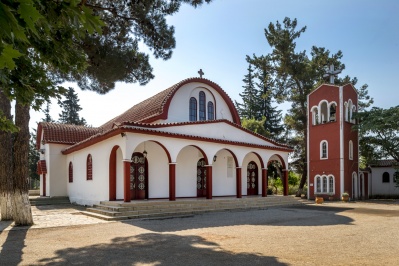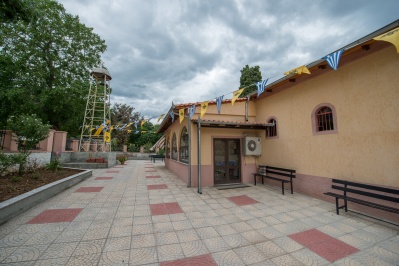-
Destinations (current)
-
Cities
- Xanthi
- Drama
-
Islands

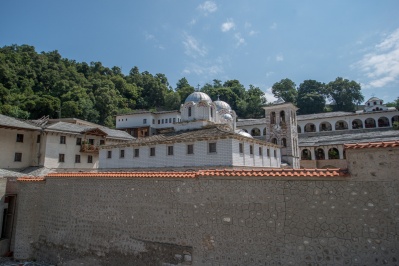
Holy Monastery of Holy Mary Eikosifoinissa
Thank you for your rating.You already rate this.The Pangaion mountain hosts for 16 centuries the oldest monasterial building of Macedonian land, the Holy Patriarchal and Stavropegic Monastery of the Holy Mary Eikosofoinissa. According to tradition, the bishop Philippi Sozon, who took part in the Fourth Ecumenical Council in 451 AD, founded the church and monastic settlement at the place Vigla, 50 meters east of the present Monastery. In 518 AD - in another version in the late 8th century - the first founder of the monastery, (...)Saint Germain, who started the reconstruction of the Monastery in his current position, reaches Pangaion from Jerusalem. During the 11th century the "Catholic" of the Monastery was built again and the Monastery was declared "stavropigiako." The Monastery experienced a new glow in 1472, when the abdicated Ecumenical Patriarch Saint Dionysius A" was withdrawn in it, who is designated as the second founder of the Monastery. In his time the monastery flourished and gained prestige due to the the number of monks and the building facilities. Among the many adventures the monastery experienced during its history the slaughter of 172 monks by the Ottomans on 08/25/1507, stands out.
In the years that followed, the monastery became the spiritual and national center for Eastern Macedonia and Thrace. It developed rich action to strengthen the morale of both the oppressed Greeks during the Ottoman domination, and during the Macedonian Struggle, especially during the prelacy of Saint Chrysostom of Drama. In the Nera Monastery there was the famous Greek School. The monastery owned hundreds of precious relics of great religious and historical value. Particularly significant was the Library of Eikosifoinissa. Before its desecration it included at least 1300 volumes, of whom 430 were codes handwritten on parchment or paper, and the rest of them were printed. There were 567 volumes of old books by classical Greek and Latin authors and by Byzantine intellectuals, as well as other rare printed editions of the 16th and 17th century. The reconstruction of the Monastery began intensively in 1965 by the late Bishop Kyro Dionysius of Drama (1965-2005) who deservedly owns the honor of the third founder. Most of the manuscripts thanks to diligent private research efforts, have been identified. Most of them are now at the Center of Slavo-Byzantine Studies «IVAN DUJČEV» of University «SV. KLIMENT OHRIDSKI » of Sofia. The same applies for most relics. Telephone: +302592061556Management Body: Holy Metropolis of Drama
Tel. +302521032362
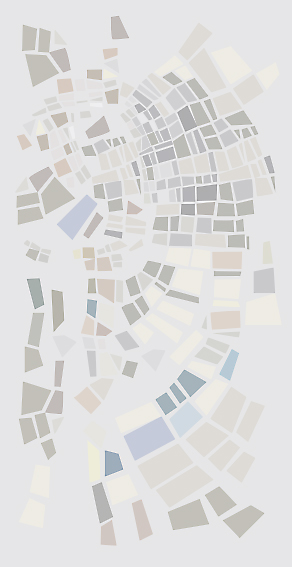 SEE ALLMonasteries, Temples
SEE ALLMonasteries, Temples
& ChurchesMonastery of St. Nicholas, Porto Lagos
The church of St. Nicholas is metochi of Athos Monastery in >>>Bacilica of Saint George
Morphological details of the basilica, architectural and >>>Holy Church of Saint Athanasius
Location: Kallithea. On the western edge of the village >>>Monument Apostle Paul - Church St. Nicholas
Synthesis of mosaic 35m2 is placed in the step of Apostle >>>Baptistery of St. Lydia
Located 15 km from the city of Kavala and next to the >>>Holy Monastery of Saint Mina
At a distance of about 1500 meters west of the village >>>Panagia Kosmosotira in Feres
The monastery of Panagia Kosmosoteira (Our Lady, Saviour of >>>Church of saint Triada in Polystylo, Kavala
The Saint Triada (Holy Trinity) Church is located in >>>Monastery of Archangel Thassos
The Nunnery of Archangelos Michael is the greatest and most >>>Cave of Saints Theodoroi
The small church of St. Theodore is modulated inside the >>>Church of the Archangels
The church is situated at the junction of Evripidou and >>>Monastery of Panagia Faneromeni (revealed) Vathyrryakos
It is a pilgrimage Panthrakikos range with a long history. >>>Holy Church of Saint Marina
The holy church of Saint Marina in accordance with the >>>
-
Cities






